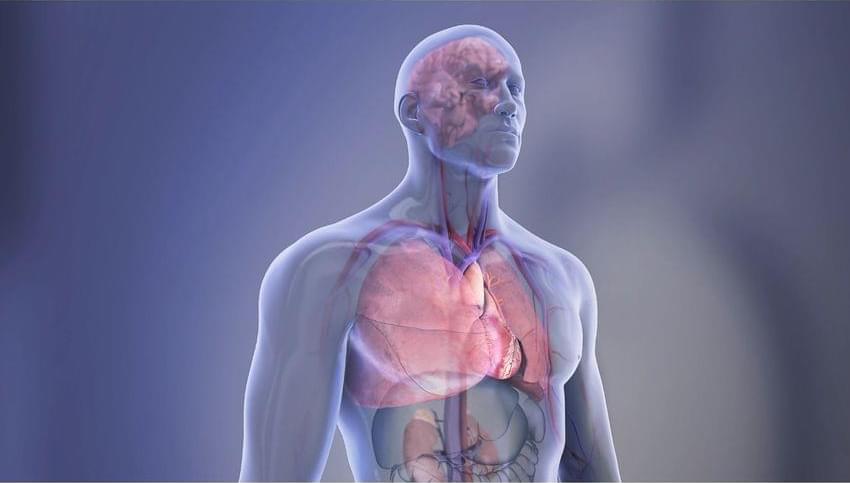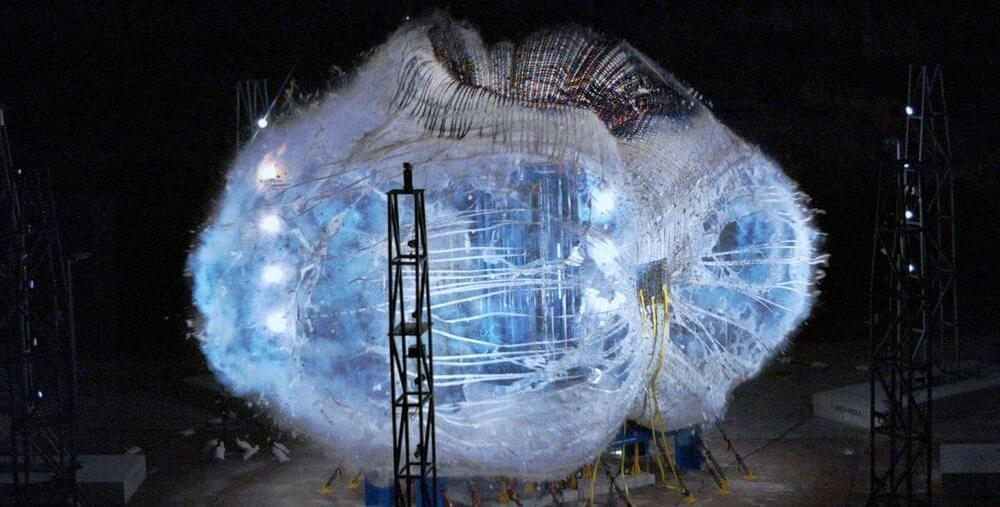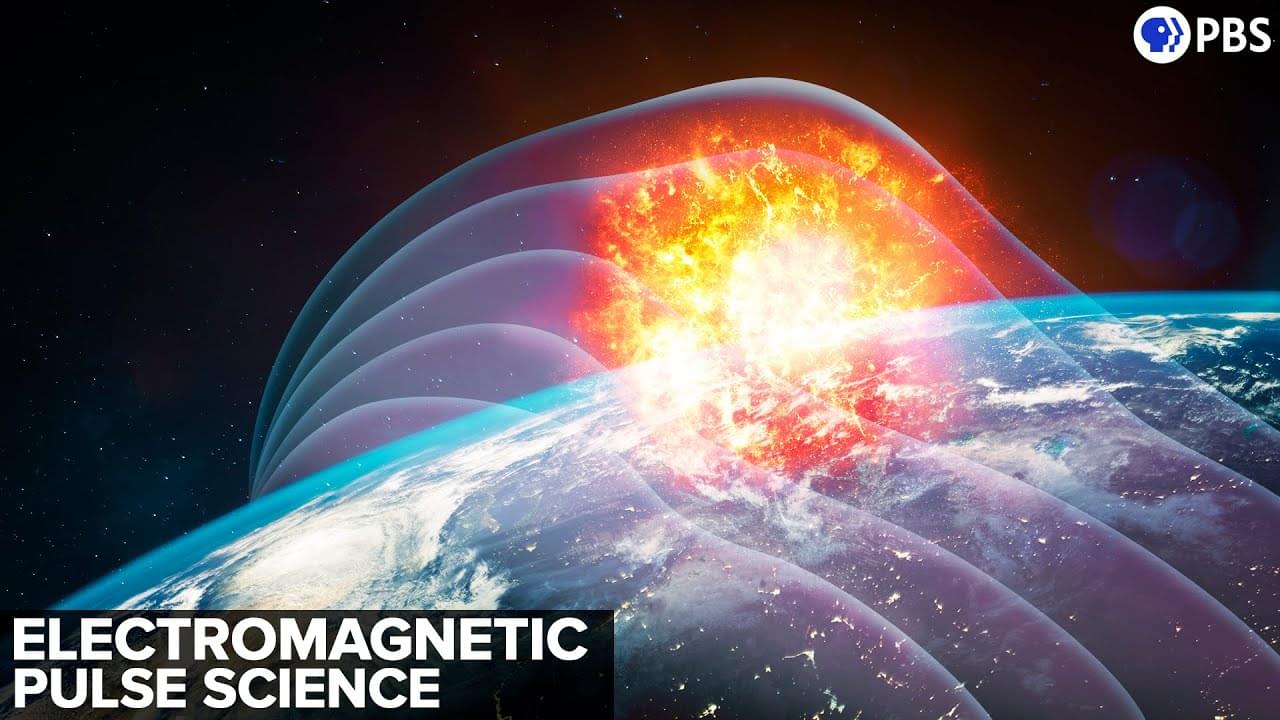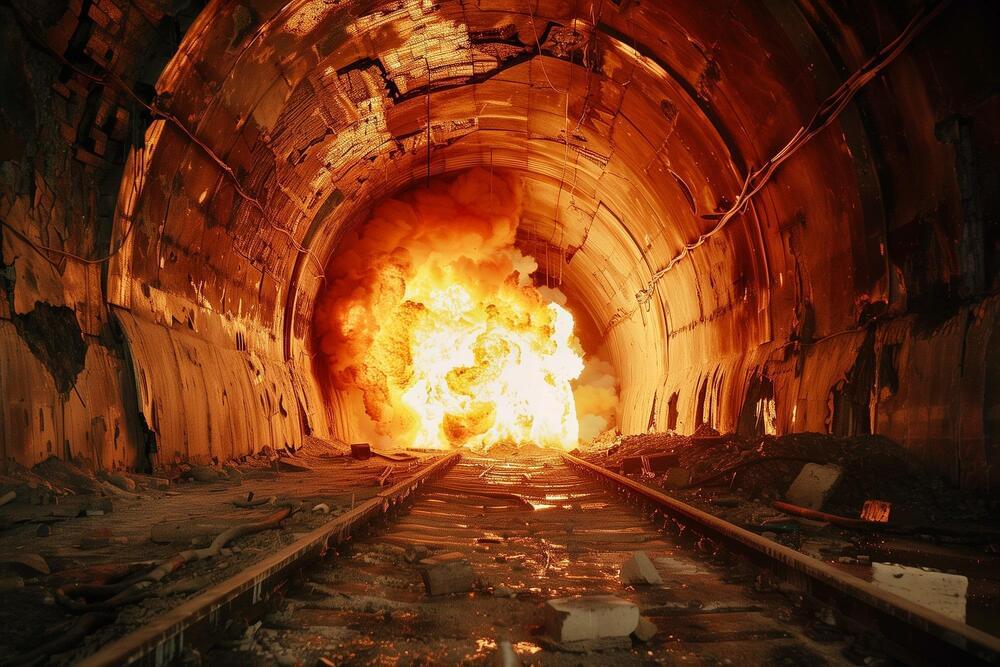Mar 20, 2024
Scientists Concerned About Devices That Literally Read Your Mind
Posted by Shubham Ghosh Roy in categories: computing, neuroscience
As the world inches ever closer to mind-reading technology, some scientists are calling to legally enshrine the right to keep our thoughts to ourselves.
In interviews with Undark, neuroscientists — including those who are working to make these so-called brain-computer interfaces (BCIs) happen — revealed their concerns about the devices.
In one particularly telling exchange, a pair of researchers from the University of Texas at Austin who’ve successfully created a BCI that can rudimentarily translate brain waves into text described how it felt to realize their device was actually reading their thoughts.


















